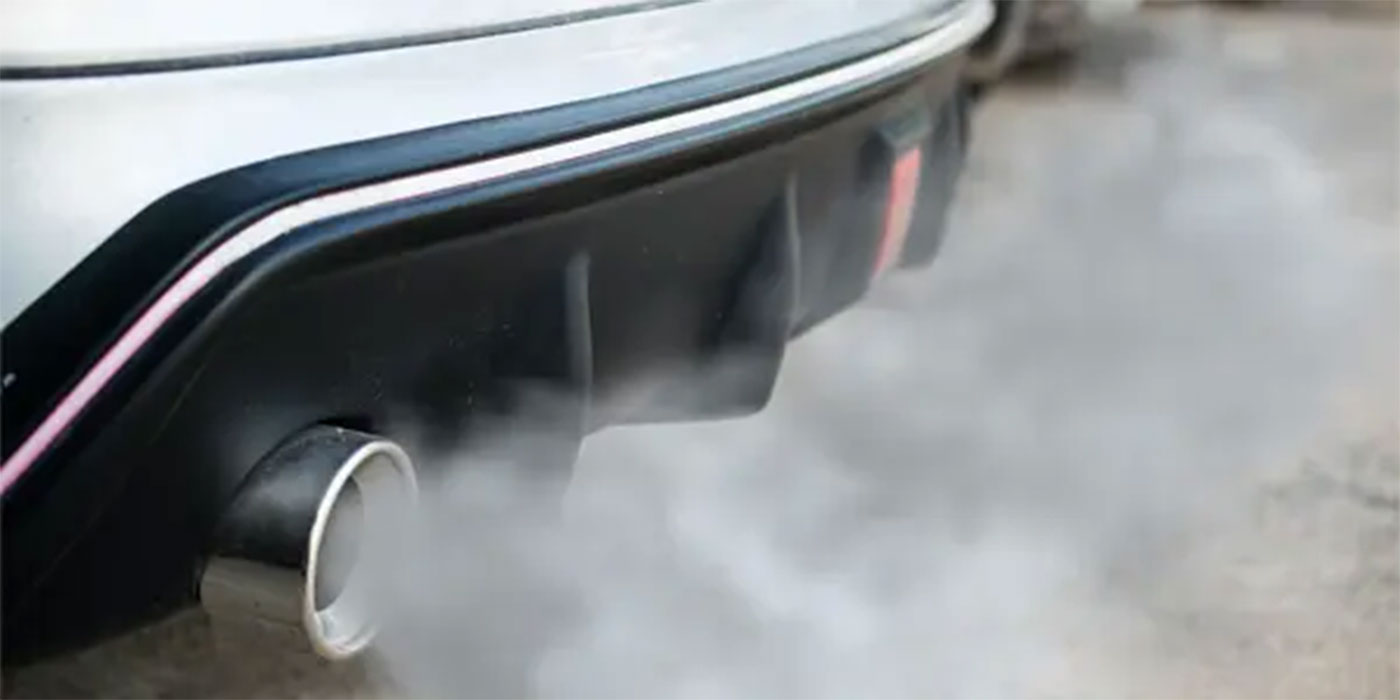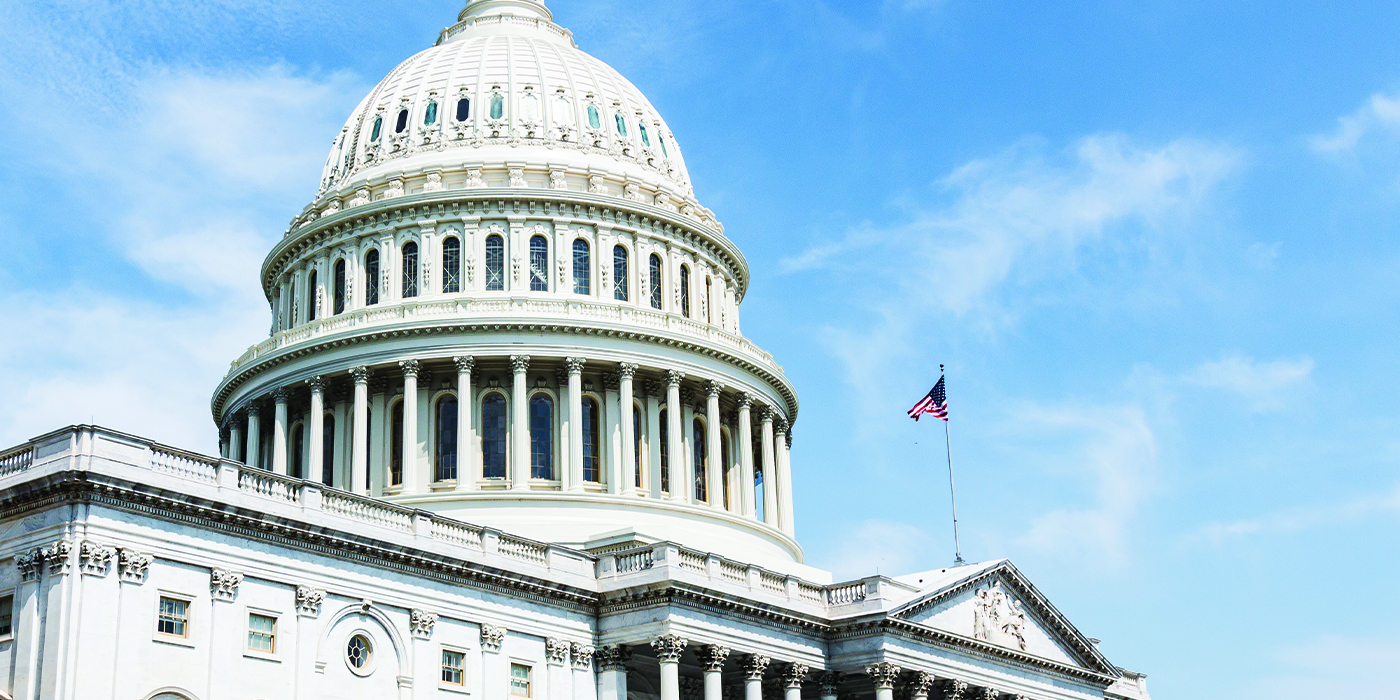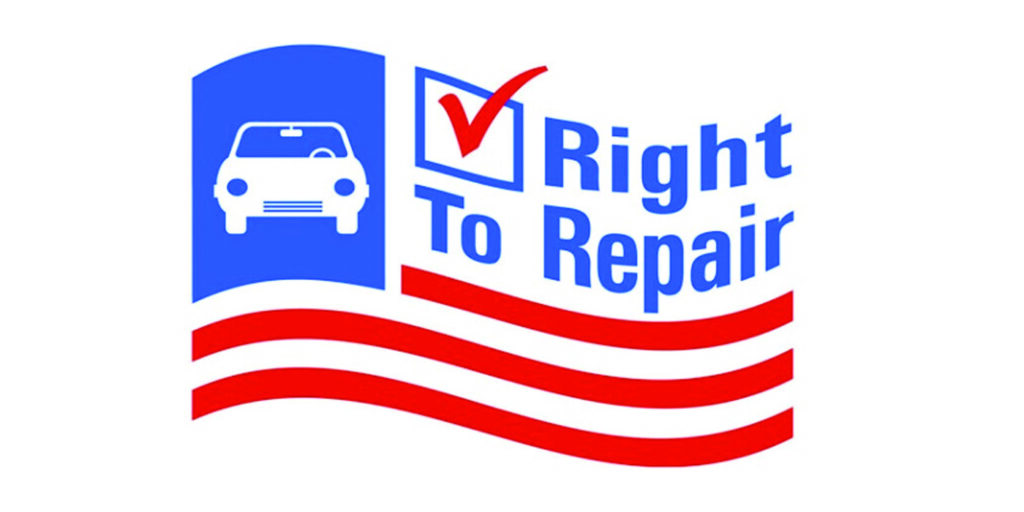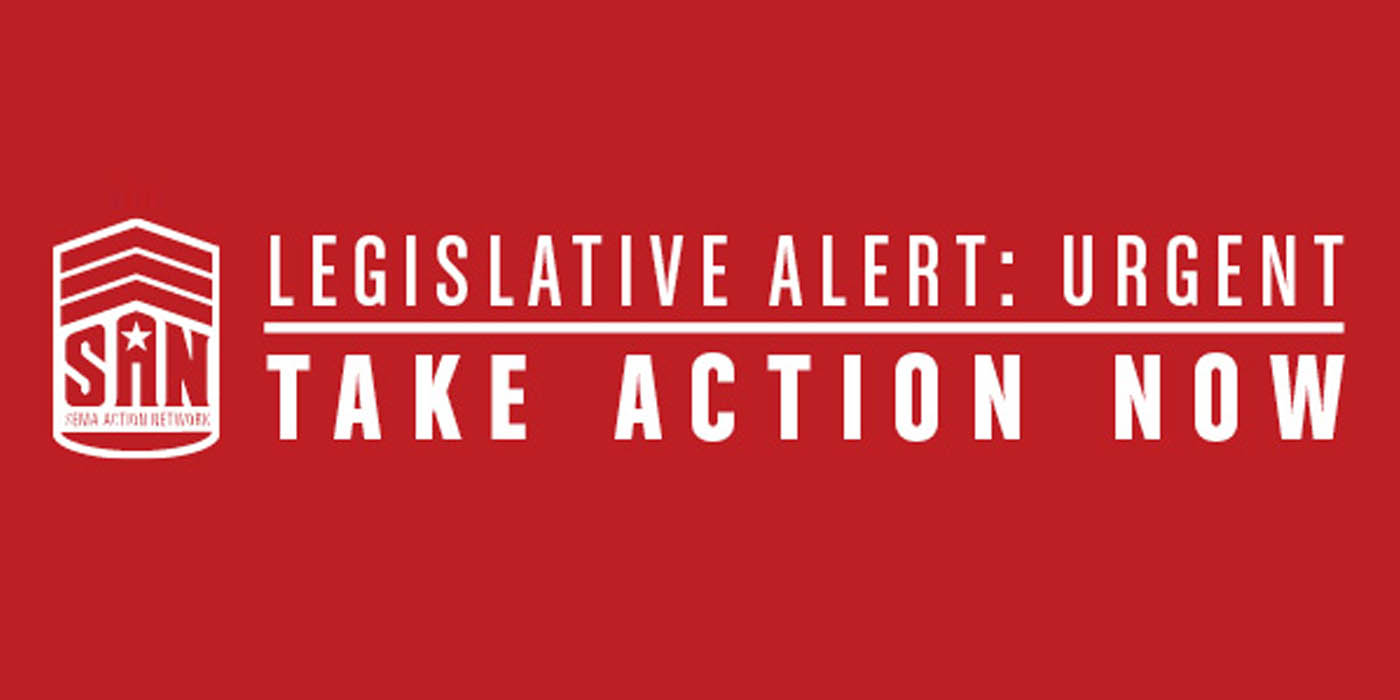
With the state legislative season in full swing in many states, new automotive technologies, including vehicle-to-vehicle (V2V) and vehicle-to-infrastructure (V2I) communications, driver assistance and automated vehicles (AV), are the focus for policymakers, according to a new report from the Automotive Service Association (ASA).
Since the beginning of the 2017 legislative session, there have been several bills introduced addressing self-driving vehicles and vehicles with varying levels of automation. One such bill is New Jersey’s Senate Bill (SB) 2895, introduced by State Sen. Nia Gill, D-34. SB 2895 clarifies that owners of self-driving motor vehicles must ensure their vehicles comply with all existing insurance requirements. In this case, “self-driving” is defined as a vehicle that is “capable of operating without active control or monitoring by a human operator.”
This movement is not unique to the states. In September 2016, the U.S. Department of Transportation (DOT) issued federal policy guidelines for automobiles. The National Highway Transportation Safety Administration’s (NHTSA) and DOT have both published items to regulate V2V communications.
AV technology also has captured the attention of congressional lawmakers. At the end of 2016, the U.S. House Committee on Energy and Commerce conducted a series of hearings on technological issues, including self-driving vehicles and connected devices.
For more on these and other legislative issues, check out ASA’s legislative website: takingthehill.com/.











